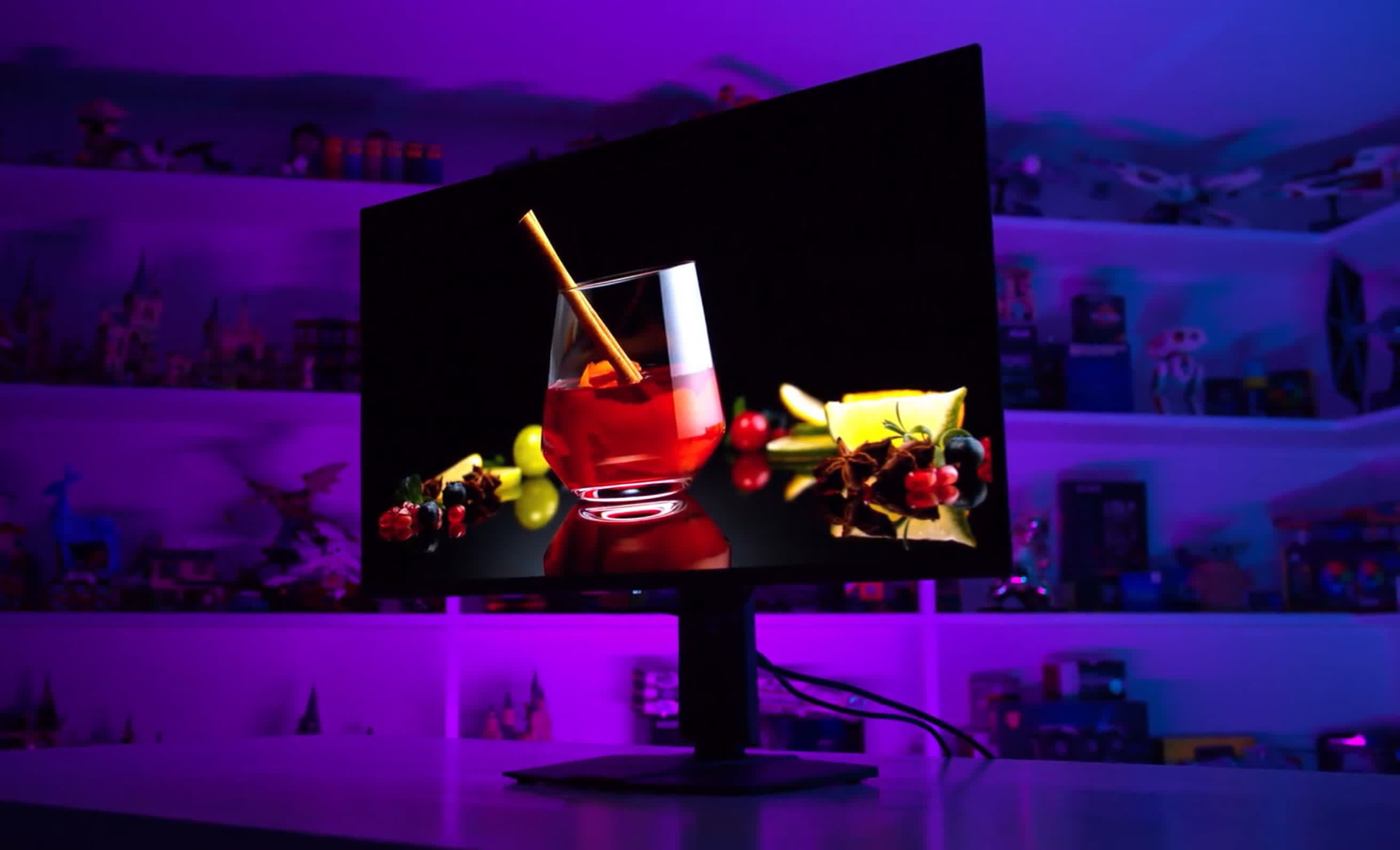The OLED Burn
We've been using the MSI MPG 321URX QD-OLED exclusively as a productivity monitor for the last six months,关键字2 and it's time to check in to see how the panel is holding up in terms of burn-in. Not much has changed in how we've been using this monitor – we've really been pushing it with a worst-case usage scenario for OLED – but there have been a few changes compared to the last time we checked for burn-in. If you missed the last two updates, we recommend going back and checking out at least the initial article to get an idea of the setup we're using and why we've chosen MSI's 4K 240Hz QD-OLED gaming monitor as our workstation display. Essentially, the idea here is to perform a real-world test of OLED longevity in the worst possible configuration, effectively burning in the display on purpose. We swapped a 32-inch 4K IPS LCD for this new QD-OLED and changed nothing else about the setup – no dark mode, no screensavers, or anything like that – to see if OLED monitors can truly be used as LCD-equivalent productivity displays long-term. I use my monitor more than 8 hours a day, sometimes continuously, with no breaks for the display to turn off and rest. This leads to hours upon hours of static usage in applications like web browsers, Microsoft Office (including Excel), and production tasks like Adobe Premiere and Photoshop. With virtually no content consumption and zero gaming in our daily use of this display, this is not how we recommend usingan OLED at all, though it's a use case that has been perfectly fine for LCDs for a long time. After one month of usage, the MSI 321URX showed no signs of burn-in at all, which was expected. At that point, we'd used the monitor for about 200 to 250 hours. After three months, we started to see faint signs of burn-in, and by that time, we'd used the display for approximately 650 to 750 hours with 71 panel compensation cycles. Six months into this experiment, we estimate the usage to be between 1,200 and 1,500 hours, and the monitor indicates that it has run 141 compensation cycles. This aligns with what we reported previously – about double the usage and about double the compensation cycles. We're still seeing around 9 to 10 hours of usage at 200 nits of brightness per compensation cycle. As we mentioned in the last update, the recommended rate for panel protection cycles is every four hours, so in our typical usage, it's running less than half as often as is ideal. However, this is a totally realistic scenario for someone using this display for full-time work, especially if you don't put the monitor to sleep during breaks. We've set the display to sleep after two hours, which is far longer than we would recommend for general OLED use, but it's the same setting we used for our LCD.

- 最近发表
- 随机阅读
-
- 黑色信标属性增幅作用介绍说明
- 第394章 放阿娘在小叶子这里
- 第374章 朕的南瓜公主醒了吗
- 第353章 原来她才是他的宝儿
- Best Fitbit deal: Save $40 on the Fitbit Charge 6
- 第387章 她想散播时安夏的艳事
- 第412章 你这考试难道是为我考
- 第340章 她不能被休
- 2025高中语文名著必读 值得推荐的有哪些
- 第352章 主君动怒了
- 第360章 欺君之罪要杀头
- 第350章 出动“十二杀”保护新娘
- 市循环经济发展模式报告
- 第392章 他见不得她哭
- 第383章 这里永远都是你的家
- 第372章 时安夏陷入了梦魇
- 节约内存:清除任务栏“自定义通知”里的图标
- 第436章 他馋岑鸢的脑子
- 第365章 她死一百次都难消朕的心头之恨
- 第425章 断他仕途
- 搜索
-
- 友情链接
-